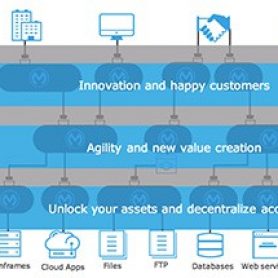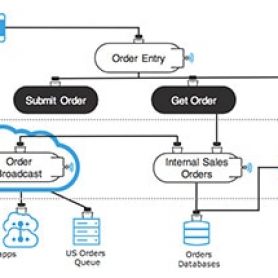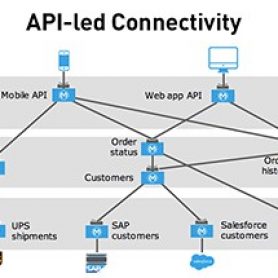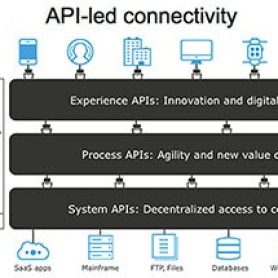DevOps, APIs, and API strategy: how US businesses are transforming
Worldwide spending on IT is expected to reach near-$4 trillion this year, according to Gartner, further underscoring our recent report that the vast majority
Experience APIs ownership and governance model
This blog series is the result of a collaboration between Stephen Fishman, Stanislav Pokraev, and Adam Davis. Each author represents a different area of
The changing role of IT in the digital age
Historically, line-of-business organizations have become accustomed to giving orders to their IT colleagues. In many cases, this creates an unhealthy dynamic whereby IT implements
Process APIs ownership and governance model
This blog series is the result of a collaboration between Stephen Fishman, Stanislav Pokraev, and Adam Davis. Each author represents a different area of
The locomotive: technological capabilities for microservices
We’ve got the engineer, the conductor, the brakeman, and all of the commuters (business people) on the train – we’re almost ready to go.
Top IT trends shaping global enterprises
Consumer demands are transforming what it means to be a successful business. In today’s digital world, we expect every aspect of our lives to
System APIs ownership and governance model
This API ownership blog series is the result of a collaboration between Stephen Fishman, Stanislav Pokraev, and Adam Davis. Each author represents a different
Leveraging APIs to drive better patient outcomes
The healthcare industry is under more pressure than ever from modern patients; in the same way consumers expect a quick, connected experience when shopping
Getting on track with microservices
As enterprise IT seeks greater speed and agility through the adoption of a microservice architecture, they find this new paradigm can collide with long-established
Modernize life sciences with an API infrastructure
Life science IT departments face increasing demands because of clinical trials’ growing complexities, including the proliferation of specialized applications, ballooning numbers of stakeholders, and




















